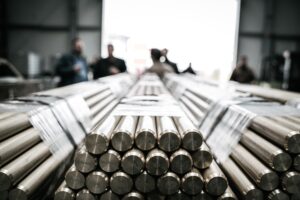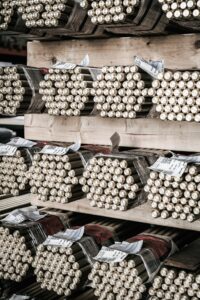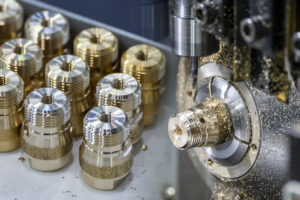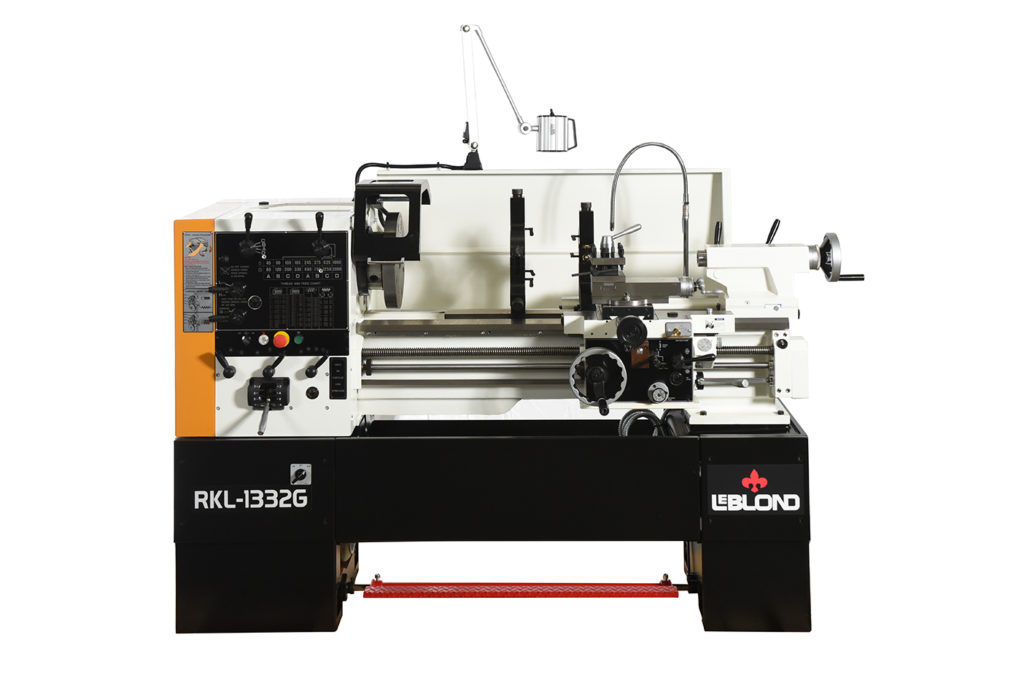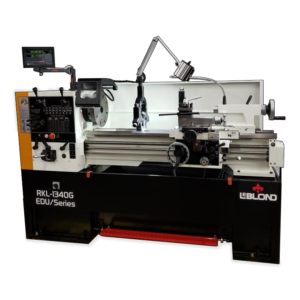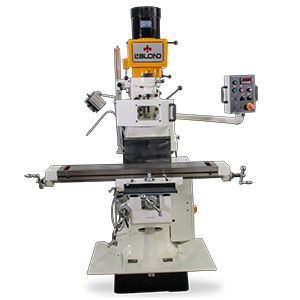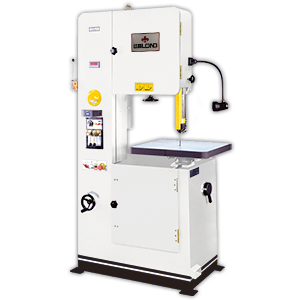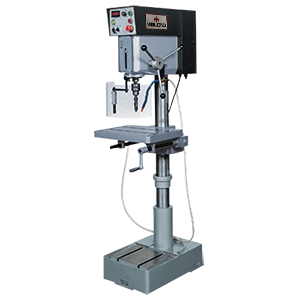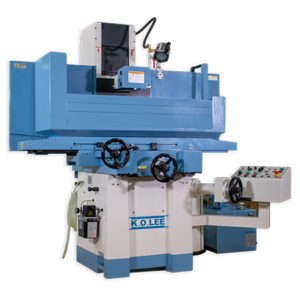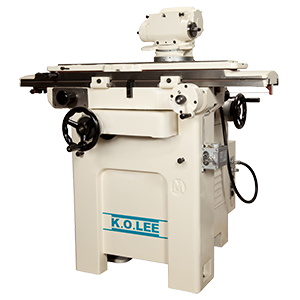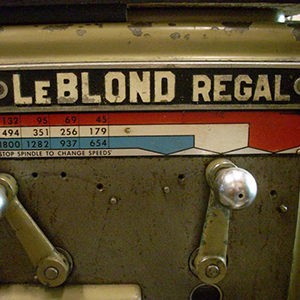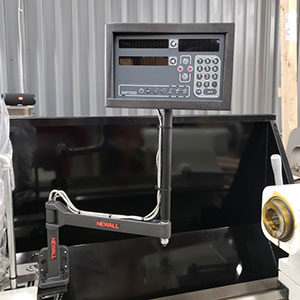Different Metals Require Different Machining Considerations
Adjustments may be needed to optimize the machining process when machining different metals with a lathe. Machinists should take precautions to avoid scrap and waste since metal hardness varies. Some common adjustments when working with multiple metals on a lathe include:
Cutting speed
Cutting speed refers to the rotational speed of the workpiece or the tool. Different metals have different optimal cutting speeds due to variations in their material properties, such as hardness and thermal conductivity. Harder metals generally require lower cutting speeds, while softer metals turn at higher cutting speeds. It’s important to consult machining data or refer to the manufacturer handbooks to determine the appropriate cutting speed for the specific metals.
Feed rate
Feed rate refers to the rate at which the tool moves along the workpiece during the machining process. Different metals may require different feed rates depending on their properties, such as their machinability and ductility. Harder metals may require slower feed rates to prevent tool wear and achieve a smooth surface finish, while softer metals may allow faster feed rates. Again, consulting machining data or machinist handbooks can provide the appropriate feed rate for a particular metal.
Tool geometry
The shape, angle, and clearance of the cutting edge, can also affect the machining performance when working with different metals. For instance, harder metals may require sharper cutting edges and smaller relief angles to reduce cutting forces and prevent tool wear. Softer metals may require larger relief angles to prevent chip clogging. Choosing the appropriate tool geometry for the specific metal helps optimize the cutting process.
Coolant
The type and application of coolant can also be adjusted when machining different metals. Coolant helps to dissipate heat generated during the cutting process, reduce friction, and improve chip evacuation. Some metals may require more aggressive coolant application to manage heat. It’s important to consider the type of metal being machined and the coolant application method (flood, mist, or through-tool) to determine the appropriate coolant settings.
Depth of cut
The amount of material removed in a single pass is known as the depth of cut. Different metals may have different optimal depths of cut due to their properties. Harder metals may require shallower depths of cut to reduce cutting forces and prevent tool wear, while softer metals may allow for deeper cuts. It’s crucial to consider the material properties and the specific machining operation to determine the appropriate depth of cut for a particular metal.
Tool material
The material of the cutting tool can also be adjusted based on the machined metal. For example, carbide tools are commonly used for machining hard materials, while high-speed steel (HSS) tools are often used for softer materials. Using carbide tool inserts designed for hard materials may generate excessive cutting forces when used on soft metals. This mismatch stresses the tool, machine, and workpiece, potentially leading to issues such as tool breakage, poor dimensional accuracy, or increased power consumption. Choosing the appropriate tool material based on the workpiece material can help improve tool life and machining performance.
Machine rigidity
The rigidity and stability of the lathe machine can also affect the machining process when working with different metals. Harder metals may generate higher cutting forces, requiring a more rigid machine setup to prevent vibration and chatter, while softer metals may allow for less rigid setups. Ensuring the lathe machine is adequately aligned, leveled, and tightened can help optimize the machining process.
It’s important to note that the optimal lathe settings may also vary depending on the machining operation performed, such as turning, facing, or threading, and the desired surface finish and dimensional accuracy. Consulting machining data, machinist handbooks, or seeking advice from experienced LeBlond representatives can help determine the appropriate adjustments for lathe settings when working with different metals.
For cost saving machines that cut a wide range of metals, please submit a request through our online form or call (888) 532-5663 and select option 2.
